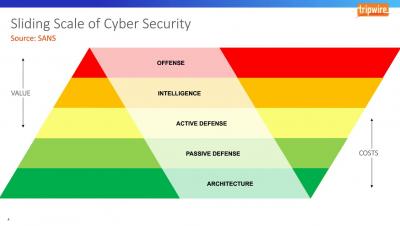Security | Threat Detection | Cyberattacks | DevSecOps | Compliance
July 2018
Got Container Security? Make Sure to Secure Code and Supplemental Components
Organizations face numerous primary threats and security concerns when it comes to their container environments. Those issues extend into their build environment, an area which organizations need to protect because it’s usually the least secure aspect of their container infrastructure. They also extend into other areas, including inside the containers themselves.
Communication: A Significant Cultural Change for Embracing DevOps
Organizations can reap huge rewards by switching to a DevOps software development model. Some enterprises don’t know how to make the change. Recognizing that fact, I’ve spent the past few weeks discussing the benefits of a DevOps model, outlining how organizations can plan their transition, identifying common problems that companies commonly encounter and enumerating steps for a successful conversion. Of course, organizations aren’t finished once they’ve fully embraced DevOps.
The Five Stages of Vulnerability Management
A key to having a good information security program within your organization is having a good vulnerability management program. Most, if not all, regulatory policies and information security frameworks advise having a strong vulnerability management program as one of the first things an organization should do when building their information security program. The Center for Internet Security specifically lists it as number three in the Top 20 CIS Controls.
6 Steps for Establishing and Maintaining Digital Integrity
To create a secure digital profile, organizations need digital integrity. This principle encapsulates two things. First, it upholds the integrity of files that store operating system and application binaries, configuration data, logs and other crucial information. Second, it protects system integrity to make sure applications, endpoints and networks perform their intended functions without degradation or impairment.
7 Questions for Evaluating your Security Posture against Insider Threats
Insider threats top the list of the most dangerous cyber risks for organizations worldwide. It doesn’t take much effort for insiders to steal your sensitive data, while such activities are hard to discover and impossible to prevent. Unfortunately, lack of visibility into user behavior is one of the key reasons why companies suffer from data breaches that involve either human negligence or malicious intent.




